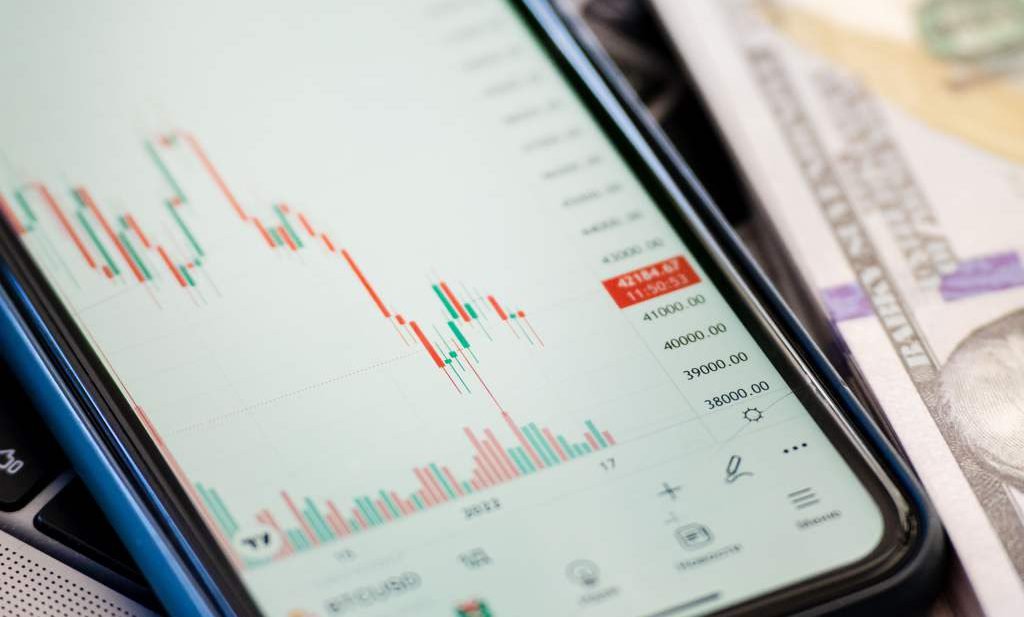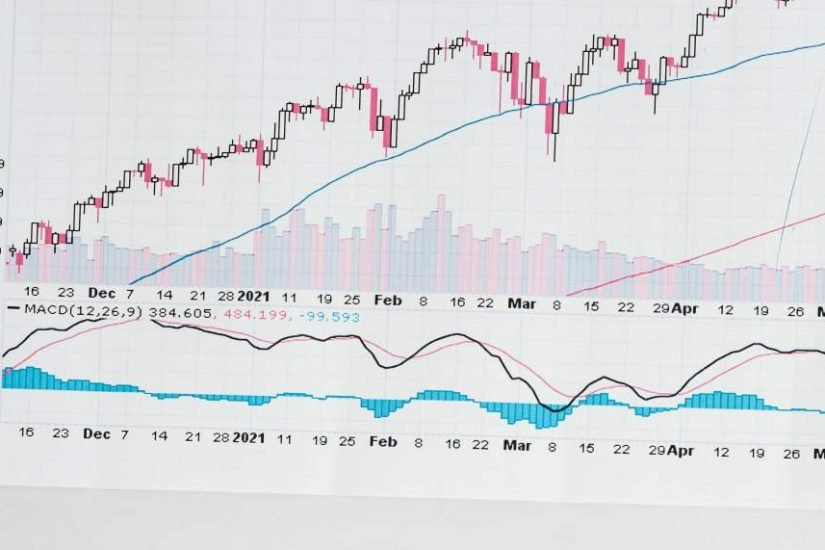Volatility is a fundamental concept in forex trading that plays a significant role in determining the appropriate levels for stop loss and take profit orders. Understanding and accounting for volatility is crucial for effective risk management and profit optimization. MetaTrader 5 (MT5) provides traders with tools and features that help assess and adapt to market volatility. In this article, we will explore the role of volatility in setting stop loss and take profit levels in relation to MT5.
Defining Volatility
Volatility refers to the magnitude of price fluctuations in the forex market. Highly volatile markets experience larger price swings, while low-volatility markets tend to have smaller price movements. Volatility can be influenced by various factors, including economic news, geopolitical events, and market sentiment.
MT5 provides traders with access to volatility indicators, such as Average True Range (ATR) and Bollinger Bands, which can help gauge market volatility and its potential impact on trade positions.
Adjusting Stop Loss Levels Based on Volatility
Volatility directly impacts the placement of stop loss levels. In high-volatility environments, wider stop loss levels may be required to accommodate larger price fluctuations and avoid premature stop-outs. Conversely, in low-volatility markets, tighter stop loss levels may be appropriate to limit potential losses.
MT5’s volatility indicators, such as ATR, can assist traders in determining the appropriate distance for setting stop loss levels. By considering the current market volatility, traders can adjust their stop loss levels accordingly to maintain an optimal balance between risk and potential reward.
Adapting Take Profit Levels to Volatility
Volatility also influences the determination of take profit levels. In high-volatility scenarios, price movements can be more rapid and potentially reach higher profit targets. Therefore, traders may consider widening their take profit levels to capitalize on these larger price swings.
Conversely, in low-volatility markets, traders may opt for narrower take profit levels to secure profits within the context of smaller price fluctuations.
MT5’s volatility indicators can provide valuable insights into market conditions and help traders determine appropriate take profit levels. By considering the prevailing volatility, traders can adjust their profit targets to align with the market’s potential price movement.
Trailing Stop Loss and Volatility
The trailing stop loss feature in MT5 allows traders to protect profits as a trade moves in their favor. Trailing stop loss orders automatically adjust the stop loss level as the market price moves in the desired direction. The distance of the trailing stop is often tied to market volatility.
In high-volatility markets, traders may opt for wider trailing stops to accommodate larger price fluctuations, allowing them to capture more substantial profits. In low-volatility conditions, tighter trailing stops may be preferred to secure profits while allowing for potential further price appreciation.
MT5’s trailing stop feature enables traders to implement dynamic stop loss adjustments based on market volatility. By utilizing this feature in conjunction with volatility analysis, traders can protect profits and maximize gains as market conditions evolve.
Volatility Breakout Strategies
Volatility breakout strategies are commonly employed by traders to capitalize on significant price movements that occur after a period of low volatility. These strategies involve setting stop loss and take profit levels based on anticipated breakouts from consolidation phases.
MT5 provides various tools, such as Bollinger Bands and Keltner Channels, which can assist in identifying periods of low volatility and potential breakout points. Traders can set their stop loss levels below the consolidation range and take profit levels based on the projected magnitude of the breakout.
Conclusion
Volatility is a critical factor in setting stop loss and take profit levels in forex trading. MT5 equips traders with a range of tools and indicators to assess market volatility and adjust their risk management and profit optimization strategies accordingly.
By considering volatility levels through indicators like ATR, traders can adapt their stop loss and take profit levels to account for potential price fluctuations. Additionally, the trailing stop loss feature and volatility breakout strategies enable traders to protect profits and capitalize on significant market movements.
Understanding the role of volatility and utilizing the features provided by MT5 empowers traders to effectively manage risk, optimize profits, and make informed trading decisions in dynamic forex markets.





